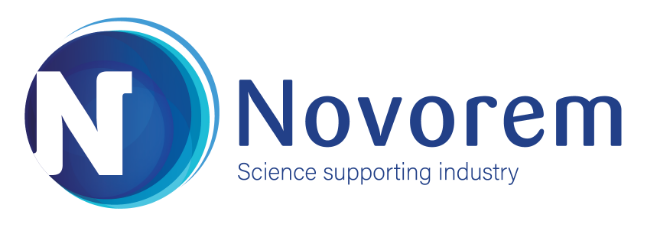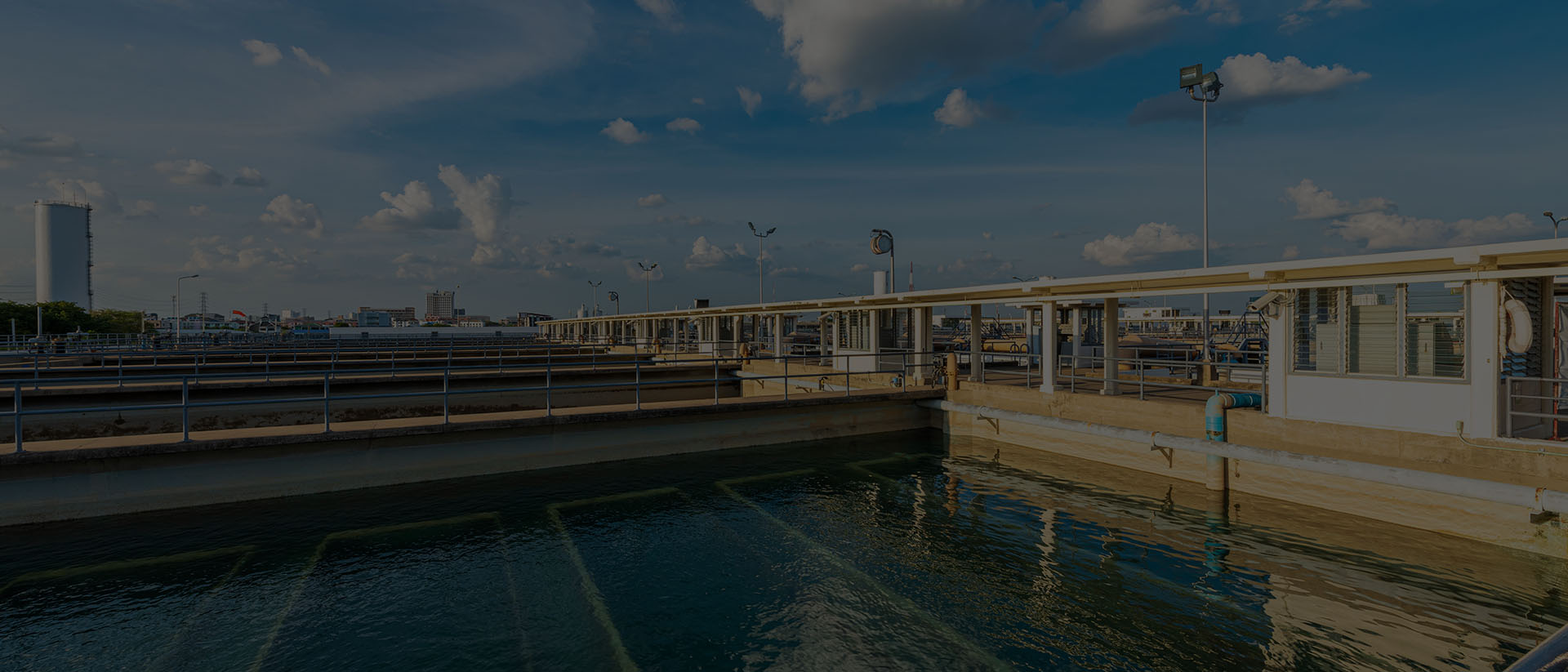High levels of ammonia in landfill leachate meant treatment was necessary before discharge. H&H engineers thought there was a more effective, biological solution that could be used – so they called Novorem.
The H&H Group consists of the multi-disciplinary engineering consultancy Henry & Hymas and its two subsidiary companies, Innaco Pty Ltd and Optimal Stormwater Pty Ltd, which specialise in wastewater and water infrastructure and stormwater treatment and reuse respectively. Both subsidiaries offer full lifecycle services from auditing to planning, design, construction, operation, maintenance, and research. And, with the backing of almost 80 multi-disciplinary engineers from Henry & Hymas, they can deal with almost any type of water infrastructure project.
Their goal is to effectively manage wastewater treatment and stormwater quality and quantity and deliver the best long-term outcomes for construction, operation, and management of infrastructure. The H&H Group operate nationwide and internationally and has recently finished projects in China, Iraq and Malaysia.
In early 2020, Innaco was awarded the concept design of a leachate treatment system on a landfill site in Shellharbour. The site had unusually high ammonia levels, sometimes well above 1000 mg/L. Additionally, the concentration of ammonia in the leachate was very unstable due to landfill cells differing in age from 2 to 26 years old.
Because of the very high and highly fluctuating ammonia levels, the leachate could not be discharged to Sydney Water operated sewage network without treatment. As such, a new leachate treatment plant was to be built to treat the waste to reduce concentrations of key parameters, focusing on the high ammonia levels.
One of the employees of Innaco, Environmental Engineer Hamid Mehrazmay, was looking at options for a less traditional approach. His idea was to treat the leachate with introduced bacteria specialized in ammonia oxidation which, if successful, would result in:
- Construction of a smaller and more cost-effective plant;
- More efficient waste removal process;
- Reduced need for chemical usage; and
- A more efficient and environmentally friendly treatment process.
Conventional operational methods would see this process carried out using existing cultures from similar plants. However, Hamid knew that this approach may not properly and efficiently carry out the biodegradation process. So, he decided to look further afield for bacterial treatment expertise to improve the outcomes of the project.
A mutually beneficial partnership
Hamid and the team from Innaco knew that to build the most efficient and effective plant, the bacteria had to be specific for their environment. The Innaco team had the expertise to introduce the bacteria and treat the water, but they lacked the knowledge and experience to grow the specific cultures that would be right for their site and the contamination levels.
“We didn’t have the deep experience of growing bacteria, so we wanted to work alongside scientists who would be able to grow the right type of bacteria for our water”. – Hamid Mehrazmay
Having first being introduced to the Novorem team when he was working on his thesis, and being incredibly impressed with their scientific expertise, Hamid decided to reach out to Principal scientist Önder Kimyon and ask for his assistance.
His timing couldn’t have been better. At the same time, Novorem was launching a research project to produce specialised bacterial cultures to improve wastewater treatment in hopes of expanding the prominence of biodegradation within the industry.
Taking samples from the site, Önder and Hamid worked on growing different cultures together in the Novorem laboratories. The process saw Novorem take samples of the raw leachate from Shellharbour, isolate indigenous bacteria with specific functions (Ammonia Oxidising Bacteria), test their activities through bench-scale testing and molecular analysis of functional genes, and identify types of isolated strains by DNA sequencing. They grew the isolated bacteria, which have the ability to reduce ammonia concentrations, and injected it back to the raw leachate. The process worked.
“The process was amazing. Using indigenous bacteria was a great achievement, because it can save us a lot of time and money.” – Hamid Mehrazmay
During the first few weeks of testing, collectively they were able to reduce the ammonia concentration from the Shellharbour site by over 90% in 24 hours.
While their goal was 100%, their promising pilot plant testing led Hamid to believe they could use a similar approach in another project led by Innaco’s sister company Optimal Stormwater, this time at Maluga Park, Bankstown.
Expanding culture use to more Optimal projects
Another project was taken on at Maluga Park, treating nutrient-rich stormwater ponds contaminated with fecal coliforms including Escherichia coli from local runoff. A different contamination, but they saw the opportunity to use a similar bacterial approach to treat the high levels of fecal coliforms.
Across Australia, physical and chemical methods are mostly used to treat pond water, which may result in increased treatment cost and present environmental safety threats to the surrounding environment. Optimal Stormwater recognised an opportunity to use bacterial treatment as an alternative treatment solution to reduce the abundance of fecal bacteria by introducing non-pathogenic and beneficial bacteria to pond water. The overall idea was to generate a competition between beneficial and harmful bacteria for nutrients and survival and some of the introduced bacteria are also known to inhibit the growth of pathogens by enzymatic activities, which would make the entire process more efficient, cost-effective and sustainable.
“The experiments have been very successful in the first few weeks. We’ve got very good results in the lab for stormwater treatment.” – Hamid Mehrazmay
The results so far
While there are still a few weeks to go until the Shellharbour treatment plant is complete and the bacteria are ready to be introduced to the wastewater, initial test results are incredibly promising. Innaco are certain they will achieve the results they set out to accomplish:
Significantly reduce ammonia levels
Working with Novorem, Innaco has been able to reduce the level of ammonia in their samples by over 90% in 24 hours, dropping it from 1000 per milligram per litre to just 16. Their end goal is to achieve zero in 24-32 hours.
Reduce plant capital & operational costs
By having the right culture for the type of wastewater, treatment can be carried out faster and the plant tanks can be built significantly smaller due to the reduced retention time and biomass required. For example, 100 metre³ of wastewater will only require 10 metre³ of biomass, instead of 50 metre³. This facilitates a reduction in operation costs and allows for a smaller treatment facility to treat the same volumes of water, reducing overall capital costs of new facilities.
Smaller environmental footprint
By using a site-specific culture as biomass for a treatment plant, Innaco has minimized the need to add extra nutrient like sodium acetate or methanol or to add a phosphorous source, or to adjust the pH. This will reduce the waste sludge that is usually sent to landfill or incinerated.
Changing the name of the game
While it looks like Innaco and Optimal Stormwater will be able to meet all the goals they initially set, the most monumental result is perhaps that at the completion of these projects, they will have proof that they can lower the cost and the environmental impact of wastewater and stormwater treatment across Australia.
Their aim is to be able to prove the power of bacteria and advertise their skill to their clients who are looking for leading solutions just like this.
Novorem has played a huge role in the project, and Önder, Hamid and the Innaco and Optimal Stormwater team have worked together to improve the efficiency of water treatment. Hamid believes that Novorem is the best at what they do, and that their expertise cannot be matched.
“Novorem knows exactly what they are doing and our experience with them was amazing. They are the best company to work with on projects like this”.
If you would like to get in touch with the Novorem team to discuss your Wastewater or general Bioremediation needs, please reach out to us via our contact form or email us at info@novorem.com.au.


